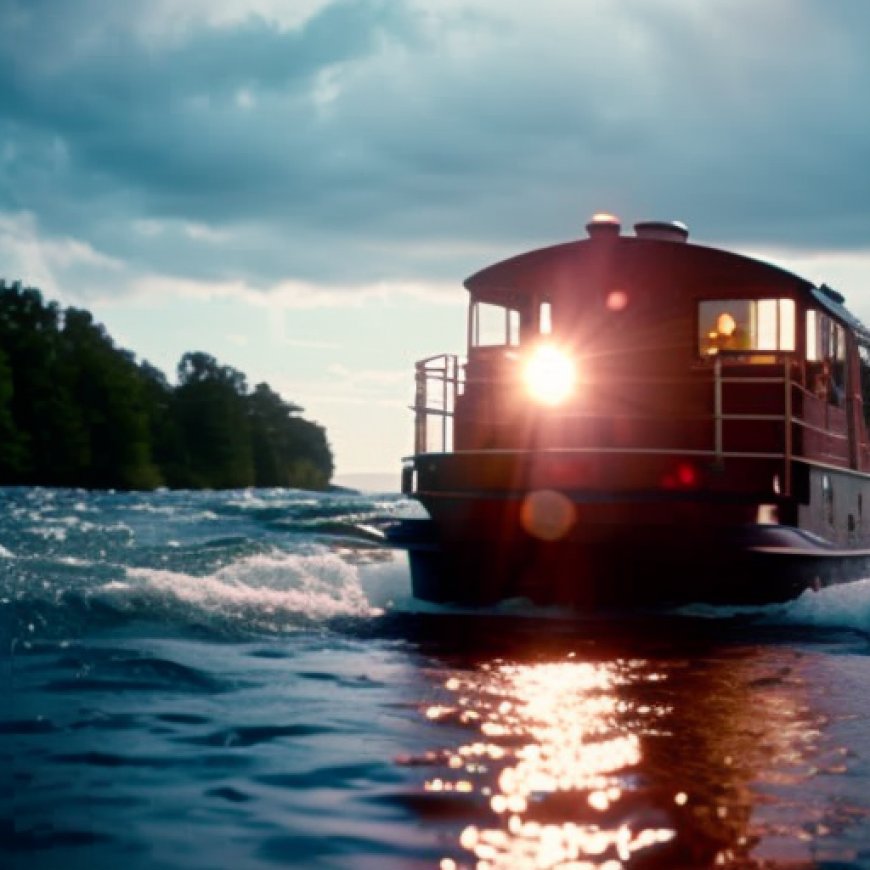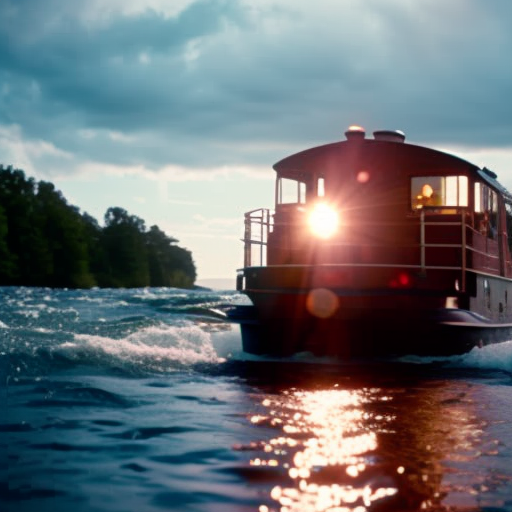Montgomery Whitewater takes center stage as new strategies eyed
Montgomery Whitewater takes center stage as new strategies eyed Made In Alabama


Montgomery Whitewater: A Catalyst for Sustainable Development

Introduction
The Montgomery Whitewater center, located at the Maxwell Capital Gateway to Montgomery, opened in July 2023. This state-of-the-art facility features an Olympic-standard recirculating whitewater course, providing individuals of all ages and skill levels with the opportunity to participate in various difficulty levels, from beginner to expert.
U.S Olympic Trials and Talent Attraction
Montgomery Whitewater is currently hosting the U.S Olympic trials for Canoe Slalom and Kayak Cross. As part of their mission to promote outdoor recreation, Innovate Alabama CEO Cynthia Crutchfield and Secretary McNair visited the venue to witness the athletes’ training and explore the potential of outdoor recreation as a tool for attracting talent and entrepreneurs to Alabama.
The Sustainable Development Goals
According to a report by the Hoover Institution, a substantial and long-term investment in outdoor recreation infrastructure can yield significant returns for the state of Alabama. By leveraging its natural assets, Alabama can enhance its outdoor recreation industry and attract high-skill individuals and tourists, aligning with the Sustainable Development Goals (SDGs) of promoting economic growth, innovation, and sustainable cities and communities.
Economic Development Strategic Plan
Cynthia Crutchfield and Innovate Alabama are actively involved in developing the new economic development strategic plan, in collaboration with Secretary McNair, the Economic Development Partnership of Alabama, and the Retirement Systems of Alabama. This comprehensive plan aims to further enhance Alabama’s economic growth and will be submitted to Governor Kay Ivey on Oct. 1.
A Successful Partnership
The Montgomery Whitewater park project is a testament to the power of public-private partnerships. The Montgomery County Commission, the City of Montgomery, and the State of Alabama joined forces to bring this project to life. Anne Buckalew, president and CEO of the Montgomery Area Chamber of Commerce, highlights the integrated approach to economic development, which includes recreation as a vital component.
Potential for Economic Growth
Stacey Hepp, the U.S. Olympic Team Trials Race Director involved in the development of Montgomery Whitewater, draws parallels with a similar facility in Charlotte, North Carolina, which has contributed to the city’s economic growth. She predicts a similar success story for Montgomery, emphasizing the potential for innovation and synergy within the area.
SDGs, Targets, and Indicators in the Article
1. SDGs Addressed or Connected to the Issues Highlighted in the Article:
- SDG 8: Decent Work and Economic Growth
- SDG 9: Industry, Innovation, and Infrastructure
- SDG 11: Sustainable Cities and Communities
- SDG 17: Partnerships for the Goals
2. Specific Targets Based on the Article’s Content:
- Target 8.9: By 2030, devise and implement policies to promote sustainable tourism that creates jobs and promotes local culture and products.
- Target 9.1: Develop quality, reliable, sustainable, and resilient infrastructure, including regional and transborder infrastructure, to support economic development and human well-being, with a focus on affordable and equitable access for all.
- Target 11.4: Strengthen efforts to protect and safeguard the world’s cultural and natural heritage.
- Target 17.17: Encourage and promote effective public, public-private, and civil society partnerships, building on the experience and resourcing strategies of partnerships.
3. Indicators Mentioned or Implied in the Article:
- Indicator 8.9.1: Tourism direct GDP as a proportion of total GDP and in growth rate.
- Indicator 9.1.1: Proportion of the rural population who live within two kilometers of an all-season road.
- Indicator 11.4.1: Total expenditure (public and private) per capita spent on the preservation, protection, and conservation of all cultural and natural heritage.
- Indicator 17.17.1: Amount of United States dollars committed to public-private partnerships.
Table: SDGs, Targets, and Indicators
| SDGs | Targets | Indicators |
|---|---|---|
| SDG 8: Decent Work and Economic Growth | Target 8.9: By 2030, devise and implement policies to promote sustainable tourism that creates jobs and promotes local culture and products. | Indicator 8.9.1: Tourism direct GDP as a proportion of total GDP and in growth rate. |
| SDG 9: Industry, Innovation, and Infrastructure | Target 9.1: Develop quality, reliable, sustainable, and resilient infrastructure, including regional and transborder infrastructure, to support economic development and human well-being, with a focus on affordable and equitable access for all. | Indicator 9.1.1: Proportion of the rural population who live within two kilometers of an all-season road. |
| SDG 11: Sustainable Cities and Communities | Target 11.4: Strengthen efforts to protect and safeguard the world’s cultural and natural heritage. | Indicator 11.4.1: Total expenditure (public and private) per capita spent on the preservation, protection, and conservation of all cultural and natural heritage. |
| SDG 17: Partnerships for the Goals | Target 17.17: Encourage and promote effective public, public-private, and civil society partnerships, building on the experience and resourcing strategies of partnerships. | Indicator 17.17.1: Amount of United States dollars committed to public-private partnerships. |
Behold! This splendid article springs forth from the wellspring of knowledge, shaped by a wondrous proprietary AI technology that delved into a vast ocean of data, illuminating the path towards the Sustainable Development Goals. Remember that all rights are reserved by SDG Investors LLC, empowering us to champion progress together.
Source: madeinalabama.com

Join us, as fellow seekers of change, on a transformative journey at https://sdgtalks.ai/welcome, where you can become a member and actively contribute to shaping a brighter future.







